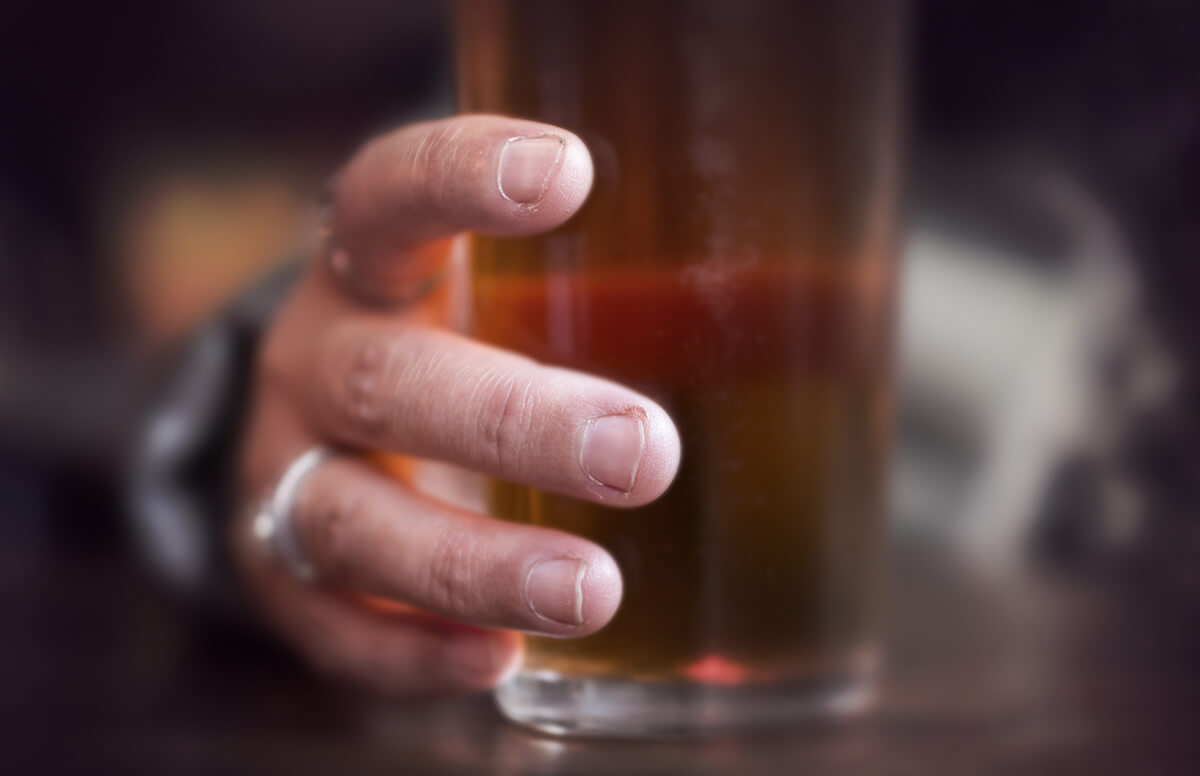
Alcohol Abusers at a Greater Risk of Dementia
by Yash Saboo February 27 2018, 1:52 pm Estimated Reading Time: 2 mins, 57 secsAlcohol is one of the most abused substances. According to the Indian Express, the India Spend Analysis of 2013 National Crime Records Bureau (NCRB) data reveals that 15 people die every day – or one every 96 minutes – from the effects of drinking alcohol. The per capita consumption of alcohol in India increased 38 percent, from 1.6 litres in 2003-05 to 2.2 litres in 2010-12, according to a World Health Organisation (WHO) report, which also revealed that more than 11 percent of Indians were binge drinkers, against the global average of 16 percent. The data explains the wide political support for crackdowns on alcohol, although experts point out that alcohol is a health problem – not a moral one.
In the US too, according to the Centers for Disease Control and Prevention, there is an average of 88,000 deaths each year related to binge drinking, heavy drinking, and other forms of alcohol use disorder.

Source :Next Avenue
Not only is alcohol responsible for thousands of car accidents annually, but the substance also causes damage to internal organs, especially the liver and kidneys. Alcohol use increases the risk of several cancers, high blood pressure, heart disease, and diabetes. Moreover, it can cause dementia.
Alcohol-related dementia is, as the name suggests, a form of dementia related to the excessive drinking of alcohol. This affects memory, learning, and other mental functions. Korsakoff’s syndrome and Wernicke/Korsakoff syndrome are particular forms of alcohol-related brain injury which may be related to alcohol-related dementia.
It is currently unclear as to whether alcohol has a direct toxic effect on the brain cells, or whether the damage is due to lack of thiamine, vitamin B1. Nutritional problems, which often accompany consistent or episodic heavy use of alcohol, are thought to be contributing factors. Key parts of the brain may suffer damage through vitamin deficiencies, particularly marked levels of thiamine deficiency and the direct effect that alcohol has on the absorption and use of thiamine.
Who can have this disease? Anyone who drinks excessive amounts of alcohol over a period of years may get alcohol-related dementia. Males who drink more than six standard alcoholic drinks a day, and women who drink more than four, seem to be at increased risk of developing this disease. The risk clearly increases for people who drink high levels of alcohol on a regular basis. The National Health & Medical Research Council of Australia recommends that for health reasons related to the prevention of brain and liver damage adult males should drink no more than four standard drinks per day and adult females should drink no more than two standard drinks per day.
Some people who drink at high levels do not develop alcohol-related dementia, but it is not currently possible to understand and predict who will and who won’t develop it. The disease might also show some degree of recovery over time if people reduce alcohol intake to safe levels or abstain from alcohol and maintain good health. Alcohol-related dementia affects both men and women of any age.
Lead author Dr Michaël Schwarzinger, of the Translational Health Economics Network in France says: “Our findings suggest that the burden of dementia attributable to alcohol use disorders is much larger than previously thought, suggesting that heavy drinking should be recognized as a major risk factor for all types of dementia”.
To reduce the burden, "a variety of measures are needed, such as reducing availability, increasing taxation, and banning advertising and marketing of alcohol, alongside early detection and treatment of alcohol use disorders.”




-173X130.jpg)
-173X130.jpg)
-173X130.jpg)
-173X130.jpg)
-173X130.jpg)
-173X130.jpg)
-173X130.jpg)
